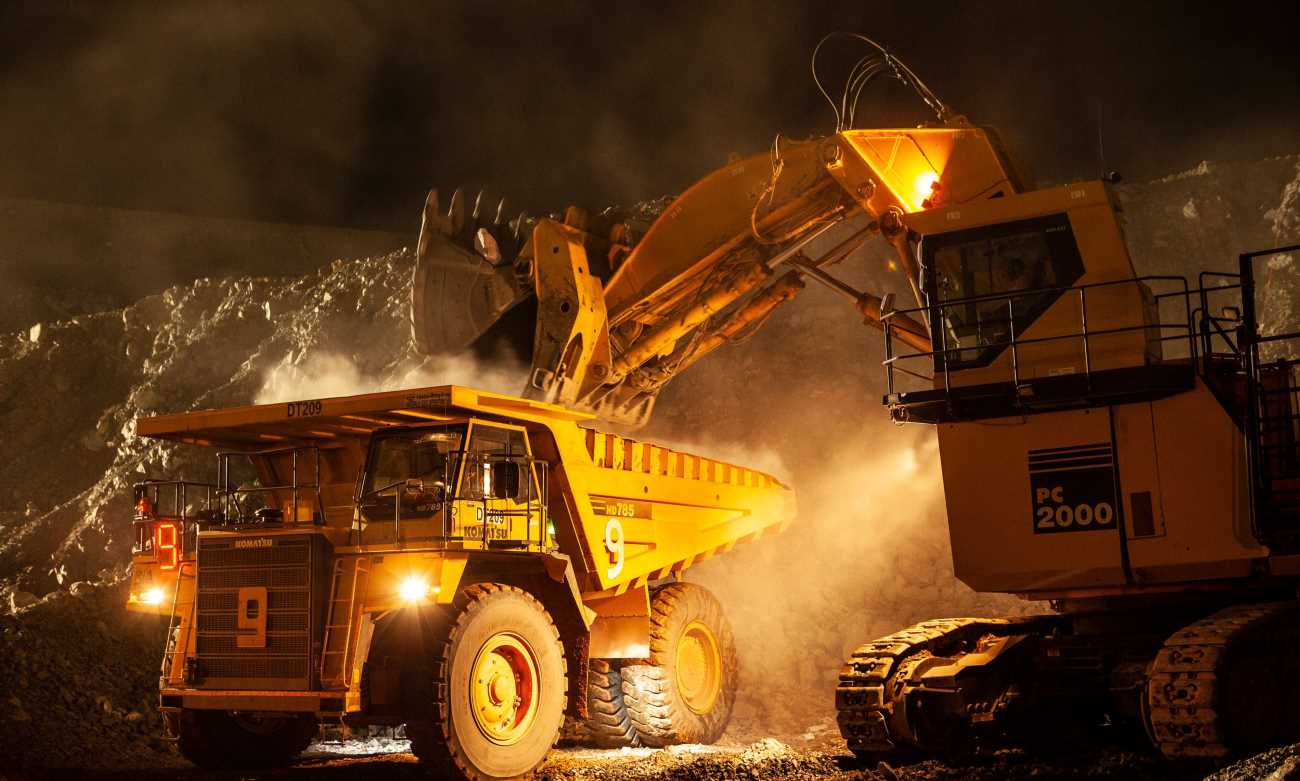
Despite its traditional nature and tarnished image, Australia still thrives on coal mining.
Coal miners Down Under provide a consistent source of cheap energy to developing nations, including Southeast Asia and the Subcontinent.
Without coal, many people in these countries would struggle with heating, power, and meeting their basic needs. And while coal is far from the perfect energy source for the modern world, it remains essential in many places without advanced energy infrastructure to rely on. And with vast coal reserves, Australia remains a crucial link in the global supply chain.
Metallurgical coal, a separate variant from the thermal coal used in power generation, is also essential in steelmaking. And while the steel industry – a heavily polluting business – is undergoing its own green revolution, the role of coal in the process remains essential for the immediate future.
The debate will undoubtedly rage about the future of coal and coal mining – with parties arguing over its necessity against renewable energy sources – but it’s likely to come down to various economic, environmental, and political factors. And as that plays out, we still need to manage the very real hazard associated with coal mine dust.
Miners, workers, and communities around the industry commonly face the risks associated with coal mine dust.
Mining generates coal dust as particulate matter that contains multiple particles, including silica and other minerals. Unearthing and transporting coal often generates dust, which poses a severe risk to people’s health and safety and the environment, especially when it becomes airborne. As much coal is mined in underground scenarios, ventilation is required to exhaust the particles. Different tactics are needed in above-ground situations, around stockpiles and open pits.
Undoubtedly, the health effects of exposure to coal mine dust are proven and can even be fatal.
Chronic exposure can lead to lung diseases such as coal workers’ pneumoconiosis (CWP), sometimes called black lung disease, alongside chronic obstructive pulmonary disease (COPD) and other respiratory illnesses. Those working in underground mines with higher dust levels face a higher risk of these diseases.
The mining industry has implemented various codes and practical measures to protect workers from exposure to coal mine dust and limit their dust exposure. Despite these measures, recognizing the risks is the first step in protecting people from harm.
Australian-based company Global Road Technology (GRT) has developed a range of innovative and practical solutions to help minimise the risks associated with coal mine dust.
GRT designed its advanced dust suppression technologies to reduce airborne dust particles that can harm workers and nearby communities. GRT tailors its solutions to each coal operation’s specific needs and can apply them to roads, stockpiles, and other dust-prone areas.
One of those products is GRT: Activate UG.
Activate UG super-activates water, which coats airborne particles immediately and drives them out of suspension. When deployed in underground scenarios, it saturates the coal face and intercepts fine particles while, critically, leaving the burning properties of coal and its quality untouched.
Features of GRT: Activate UG include:
If dust control is an issue for your construction, exploration or resource business, check out GRT’s tailored solutions, including GRT: Activate UG!
Or, if you’d like to talk with an expert, simply contact us!
Your feedback is important to us.
If you enjoyed reading this Global Road Technology industry update and found it informative, please let us know by leaving a REVIEW.
Are environmental regulations, health and safety concerns or potential profit loss a concern right now?
Contact Us Now